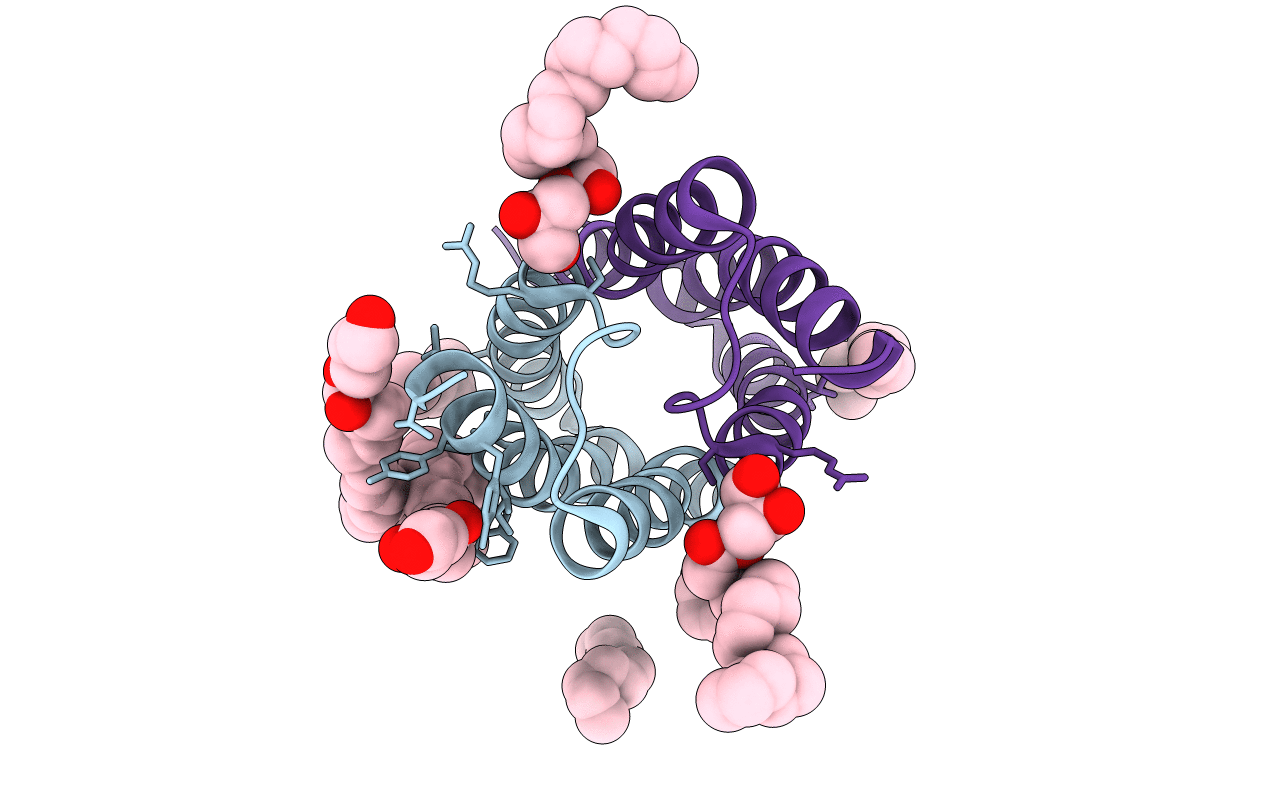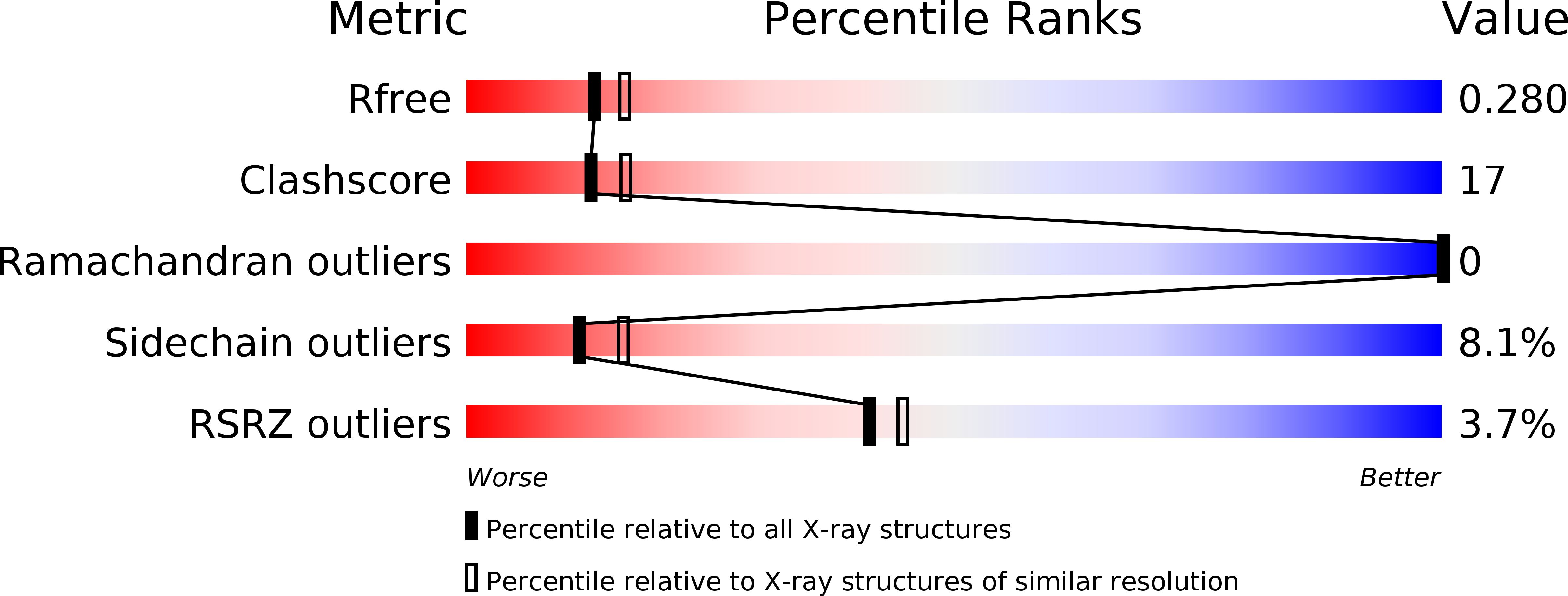
Deposition Date
2014-06-17
Release Date
2014-09-10
Last Version Date
2024-02-28
Entry Detail
PDB ID:
4QNC
Keywords:
Title:
Crystal structure of a SemiSWEET in an occluded state
Biological Source:
Source Organism:
Leptospira biflexa serovar Patoc (Taxon ID: 456481)
Host Organism:
Method Details:
Experimental Method:
Resolution:
2.39 Å
R-Value Free:
0.27
R-Value Work:
0.26
R-Value Observed:
0.26
Space Group:
P 1 21 1


